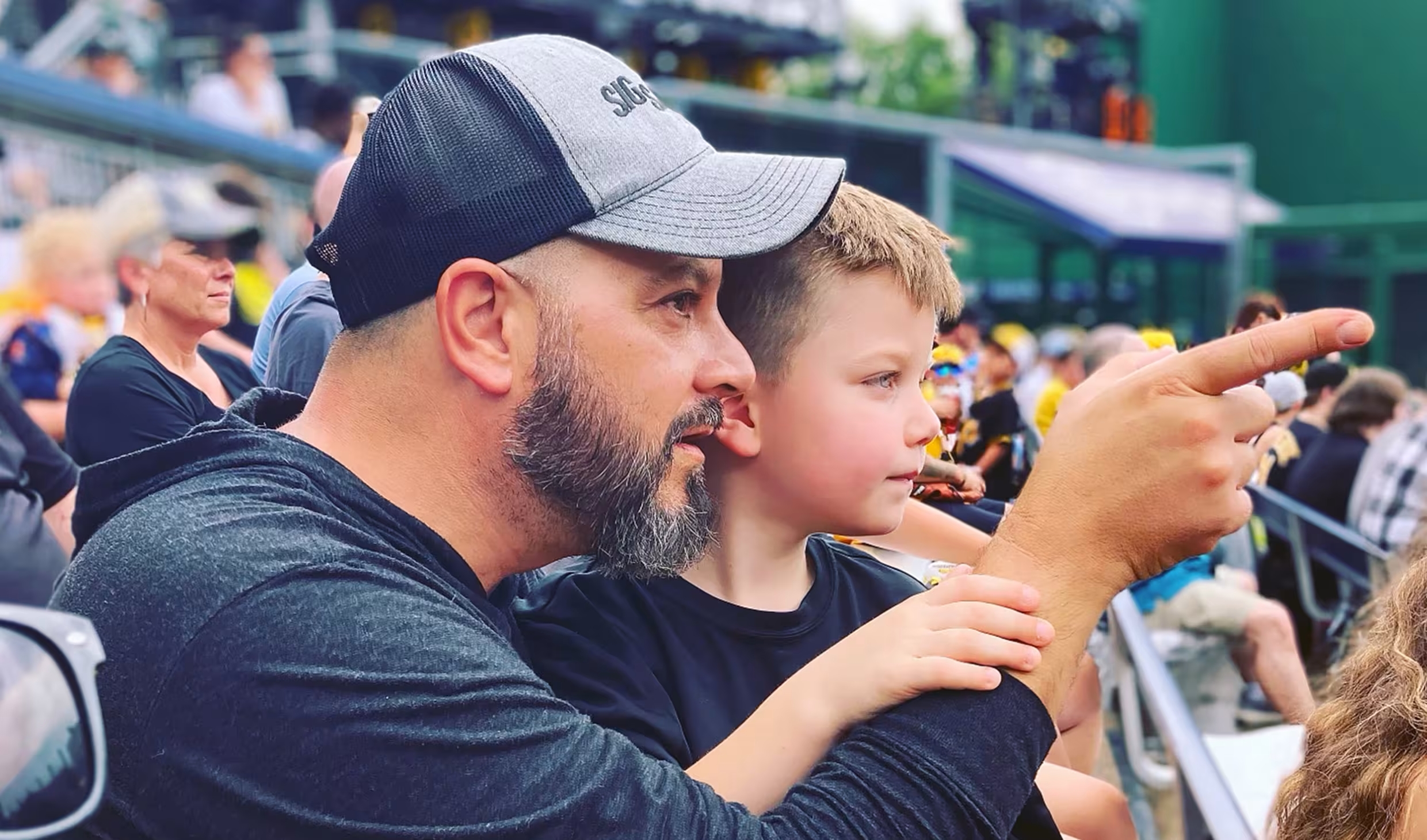What to Know
- Deep brain stimulation (DBS) includes a device installed in the patient's chest with wires leading to the brain to stop tremors.
- DBS is a therapy, not a cure for Parkinson's disease.
- The ideal DBS candidate is someone between the early to mid-onset stage of the disease.
Medical advancements are giving patients with Parkinson's disease a return to life with fewer tremors.
The latest in deep brain stimulation is being used on North Texans, and now a Lewisville man is excited about what his future holds.
When we met 56-year-old Scott Perry a few days ago, the tremors were visibly noticeable.
Get DFW local news, weather forecasts and entertainment stories to your inbox. Sign up for NBC DFW newsletters.
The retired police officer was diagnosed with Parkinson's disease last year.
"When I go out, people notice the shake and it's kind of embarrassing," Perry said.
However, a few days after our first visit, the tremors were gone.
Health Connection
Get connected to a healthier life.
Perry underwent the deep brain stimulation procedure with a new device implanted on June 15.
The device is implanted into the chest and there are lead lines that go to the brain.
After the device is implanted, the standard protocol is to wait a couple of weeks in order for the body to heal.
Then, doctors activate the device and start fine-tuning it to meet the particular patient's needs.
"My left arm stopped shaking. Unbelievable. It is unbelievable the difference this thing makes," Perry said.
"The quality of the devices that we're implanting have improved significantly," said Dr. Michael Desaloms, who practices neurosurgery at Baylor Scott & White Medical Center Plano.
Desaloms is the first provider in the state of Texas to use the new Medtronic DBS device on patients with Parkinson's disease.
"Placement is very important. You want it in just the right place to get the best desired effect," he said.
The therapy is not a cure for Parkinson's and the ideal candidate is someone between the early to mid-onset stages of the disease.
"There is literally no activity they can't do with a DBS device in place. When it's working, they have a great quality of life and they have to come in for battery every two to four years," Desaloms said.
"It looks spooky. It sounds scary. They go in your brain, put wires in there and something in your chest," Perry said.
However, Perry said he is thrilled with the results and would encourage qualified candidates to consider the option.
He said he hopes soon he'll be able to cut back on his daily Parkinson's medication.
"It's opened me up to do anything I want to do and it's good. It's really good," he said.




